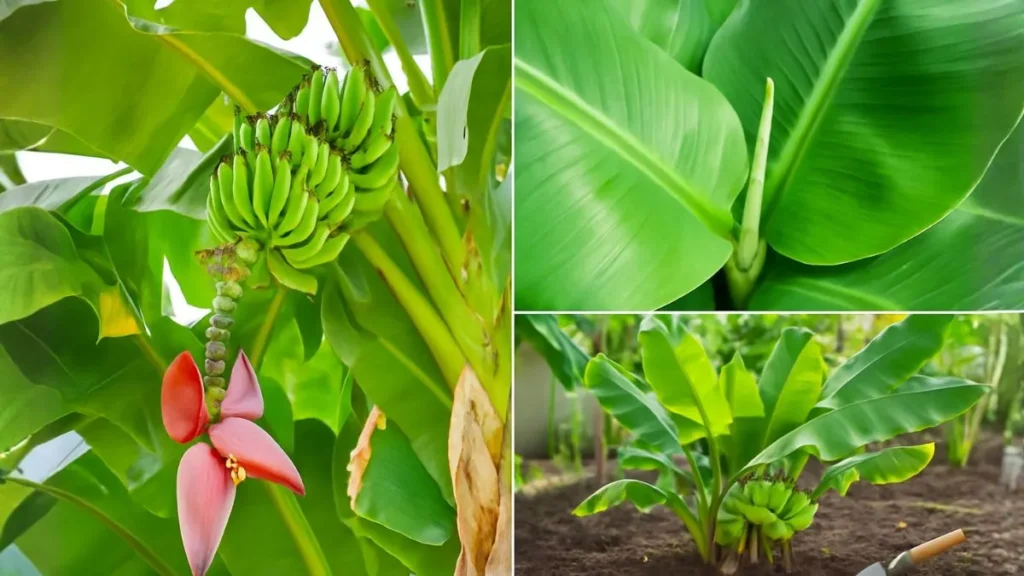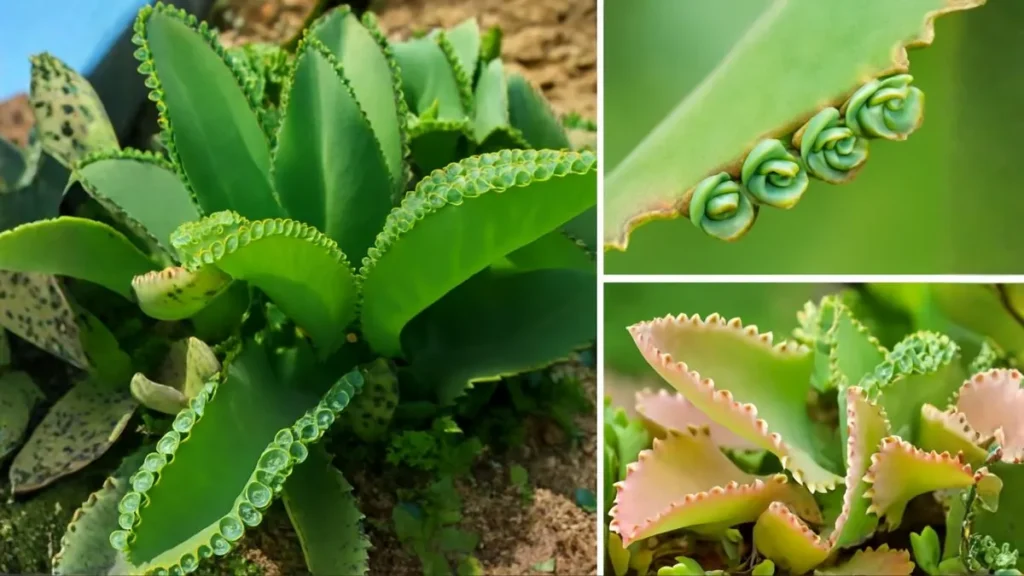There’s a certain magic about planting a coconut tree. Not only does it add a tropical vibe to your space, but it also becomes a living reminder of patience and growth. Many gardeners in the USA, Canada, and across the world are experimenting with coconuts as ornamental plants, and some even manage to harvest small fruits.
Whether you’re gardening in a sunny backyard or using pots on a balcony, knowing the right steps is what makes all the difference.
Step 1: Selecting the Right Coconut

The journey starts with choosing the right nut. Always select a fresh, heavy coconut and soak it for 2-3 days. Plant it on its side in a large pot with well-draining soil, burying the bottom half, and place it in a warm, sunny location.
Why fresh and heavy? Because a heavy coconut usually contains more water, which means it’s viable for germination. Soaking softens the outer husk and makes it easier for the sprout to push through.
👉 Personal Tip: I once skipped soaking, and my coconut dried out completely before it could sprout. The second time, after soaking, I got healthy shoots in just a few weeks.
Step 2: Picking the Right Season
Timing matters more than you think. The best time to plant a coconut tree is in the summer. Warmth and humidity speed up germination and give the young sprout a strong start.
In tropical regions, you can plant coconuts directly outdoors. But if you live in Canada or northern parts of the USA, you’ll need to simulate summer indoors. Heat mats, south-facing windows, and grow lights can help create the perfect environment.
Step 3: Planting the Coconut
Now comes the fun part—planting. When it comes to planting, space and soil make a big difference. Use a container at least 20–24 inches deep to allow roots to spread.
Planting Steps:
- Lay the coconut on its side with the pointed end facing sideways.
- Bury only the bottom half in soil.
- Keep the soil moist, never soggy.
If you’re planting multiple trees in a garden, use markers for spacing. Remember that peg marks the area to be under planted, so you know where each tree’s root zone will expand.
Also Read: 8 Simple Ways to Supercharge Your Soil
Step 4: Sunlight and Temperature
Coconuts are children of the sun. They need direct light for most of the day. Place your pot in a spot where it receives at least 6–8 hours of sunlight.
- Outdoors: Full sun is best.
- Indoors: Place it near a south-facing window. If that’s not possible, use grow lights.
This is why coconut palms are iconic in tropical landscapes. With the right setup, even gardeners in non-tropical regions can enjoy this plant indoors.

Step 5: Fertilizing for Growth
When your sprout starts growing, it needs the right nutrients. Use a granular 2-1-1 fertilizer when first planting your tree outside. This ratio gives enough nitrogen for leaf growth, phosphorus for roots, and potassium for overall strength.
After the first year, switch to palm-specific fertilizers every couple of months. If you’re growing indoors in colder climates, reduce the frequency in winter when the plant’s growth naturally slows down.
Step 6: Watering and Moisture
Coconuts love water—but only the right amount. The soil should be kept evenly moist, never waterlogged. Too much water leads to root rot, while too little dries the sprout.
A thin mulch layer around the base helps retain moisture. From my own trials, watering lightly but regularly gave me the best results. Overwatering once caused fungus, but correcting it brought the sprout back to life within weeks.
Also Read: Grass Clippings: Turning Lawn Waste into Garden Gold
Growing Coconut Trees in Different Regions
- In the USA
- States like Florida, California, and Hawaii are perfect for growing coconuts outdoors.
- In northern states, container gardening indoors is the best option.
- In Canada
- Harsh winters mean coconuts can only thrive indoors.
- Follow the process carefully: select a fresh, heavy coconut and soak it for 2-3 days. Plant it on its side in a large pot with well-draining soil, burying the bottom half, and place it in a warm, sunny location. Keep near heating sources and grow lights during cold months.
- Globally
- Coconuts are loved across Asia, Africa, and the Caribbean for both their fruit and ornamental beauty. Today, more gardeners are discovering how to grow coconut trees at home as a way to bring tropical greenery into their homes.
Quick Care Reference Table
Care Factor |
Requirement |
Notes |
Coconut Selection |
Select a fresh, heavy coconut and soak it for 2-3 days |
Helps germination |
Planting Season |
The best time to plant a coconut tree is in the summer |
Warmth speeds growth |
Fertilizer |
Use a granular 2-1-1 fertilizer when first planting your tree outside |
Feed every 2 months |
Spacing |
Peg marks the area to be under planted |
Important for multiple trees |
Also Read: Miniature Garden Ideas Using Everyday Recyclables
Growing a coconut tree isn’t as complicated as it sounds—it’s about following the right steps. Start by selecting a fresh, heavy coconut and soaking it for 2-3 days. Plant it on its side in a large pot with well-draining soil, burying the bottom half, and place it in a warm, sunny location. Don’t forget that the best time to plant a coconut tree is in the summer for faster growth. Nourish it with a granular 2-1-1 fertilizer when first planting your tree outside, and remember that peg marks the area to be under planted when spacing multiple trees.
Whether you’re in Canada, the USA, or anywhere else, knowing how to grow coconut trees at home brings a little slice of the tropics into your life.
👉 Try planting one this season and watch how quickly it transforms your garden or living room into a tropical retreat.






